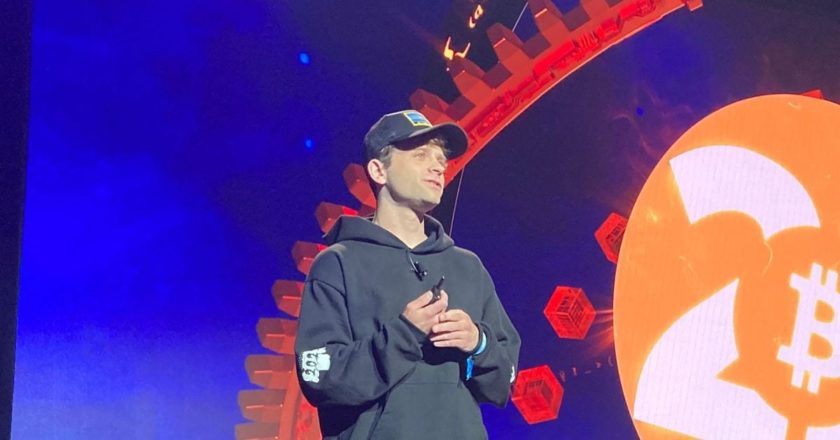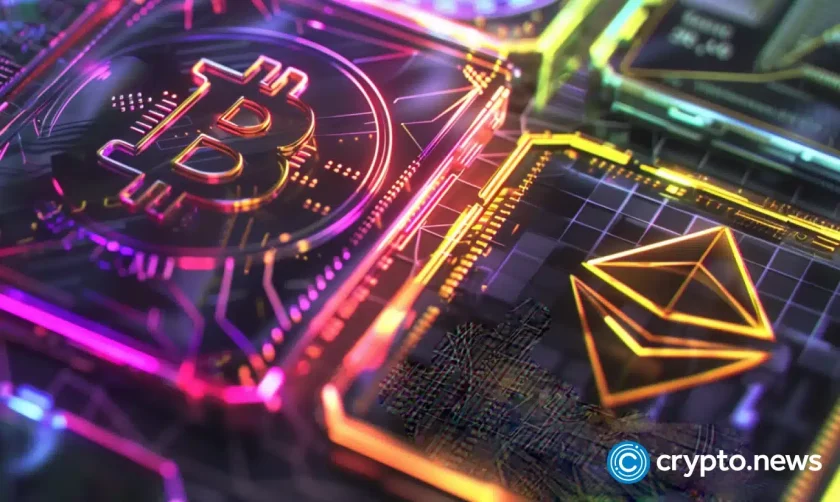Cryptocurrency Payments for Electricity Bills: Looking Ahead
February 9, 2019 by William Peaster
This week, the energy arm of ConsenSys spinoff Grid+ angled toward cryptocurrency payments for electricity in two of Texas’s largest electric delivery service areas. Zooming out, the modest step forward forebodes a future where second-layer blockchain scaling solutions and smart contracts may drive real-time payment settlements in energy markets and beyond.
Also read: Cryptoeconomy: It’s Alive! But Is a Wider Bear Market Just Beginning?
We love hearing from our readers. Sound off on our Twitter or Facebook pages
Check out our insights & interviews with influential insiders on the Bitsonline YouTube channel
And for the only source of UNFILTERED trading volume, head to CoinBillboard
Crypto Can Now Pay for Electricity in Select Texas Areas
GridPlus Energy, a subsidiary of ConsenSys spinoff Grid+, opened signups this week for electricity customers interested in ether and Dai bill payments in two of Texas’s biggest Transmission and Delivery Service Provider (TSDP) service areas, Centerpoint and Oncor.
The Centerpoint TSDP sector covers seven major metropolitan areas including Houston and Galveston. The Oncor TDSP area, among the biggest in America and the state’s largest, covers 15 major cities with some of its largest being Dallas, Midland, Odessa, and Fort Worth.

Now, customers in these regions will have the option to pay their monthly electricity tabs via the Ethereum blockchain and its most popular stablecoin, the Dai.
GridPlus Energy, which also allows for card and deposit payments, has said it will “likely” add support for bitcoin soon as well.
The company probably won’t see many cryptocurrency payments coming in at first as the cryptoeconomy is still fledgling. For now, the development is more notable for what it could portend, even beyond the boundaries of Grid+’s operations.
What Could a Future with Crypto Payments Rails Look Like?
Call it one small step for crypto adoption, and one decent leap toward carving out a foundation for unleashing the possibilities of programmable money in traditional markets, like the energy sector.
In their ETH and DAI announcement, the GridPlus Energy Team said their inagural “fixed-price, post-pay” electricity offerings, while familiar, would soon be transcendable thanks to “layer 2” scaling solutions like state channels and plasma chains.
The startup said it was planning on leveraging these solutions to eventually move toward 15-minute settlement periods instead of monthly pay periods, a pivot that could only be made operationally practical through off-chain, not on-chain, means.
“Significant price swings can exist in this real time market, but when averaged out over a long period, the real time rate is nearly always advantageous to the end user compared to locking in a fixed-price product,” the Grid+ team has argued.
So cheaper and more accurate energy bills could be in store down the road. It’s that level of granularity that would be made possible courtesy of programmable money’s possibilities. And it’s such granularity that points to a future where off-chain transactions could make for more efficient finance in many sectors and industries.
Smart contracts powering smart grids powered by cryptocurrency payments — that may just be a slice of things to come if the cryptoeconomy continues its march on.
All About That Granularity, Dawg
Regarding smart contracts and real-time payments, Ethereum co-creator Vitalik Buterin made a case this week for the possibilities of “per-second” payments through smart contracts.
More people should look at using smart contracts for recurring payments on a *per-second* basis for subscription services, ongoing donations, dividends, etc. Can set and change a *payment rate* with a single transaction.
— Vitalik Non-giver of Ether (@VitalikButerin) February 6, 2019
Buterin went on to add that employee salaries would be one area that could benefit from “per-second flows.”
It’s another example highlighting the granularity, second by second or satoshi by satoshi via the Lightning Network, that the technologies around cryptocurrencies can make possible.
peeking directly at a public blockchain is an economist’s dream, they just don’t know it yet. complete granular information on an economy, right there in front of your very eyes. it’s awesome (in the original meaning of the word), almost sublime.
— nic carter (@nic__carter) February 9, 2019
Among other things, it’s this kind of granularity that cryptocurrency proponents believe hails a brave new economic world — digital money for a digital future.
What’s your take? Do you think cryptocurrency payments will go mainstream in the next few decades? Why or why not? Let us know in the comments section below.
Images via Pixabay




